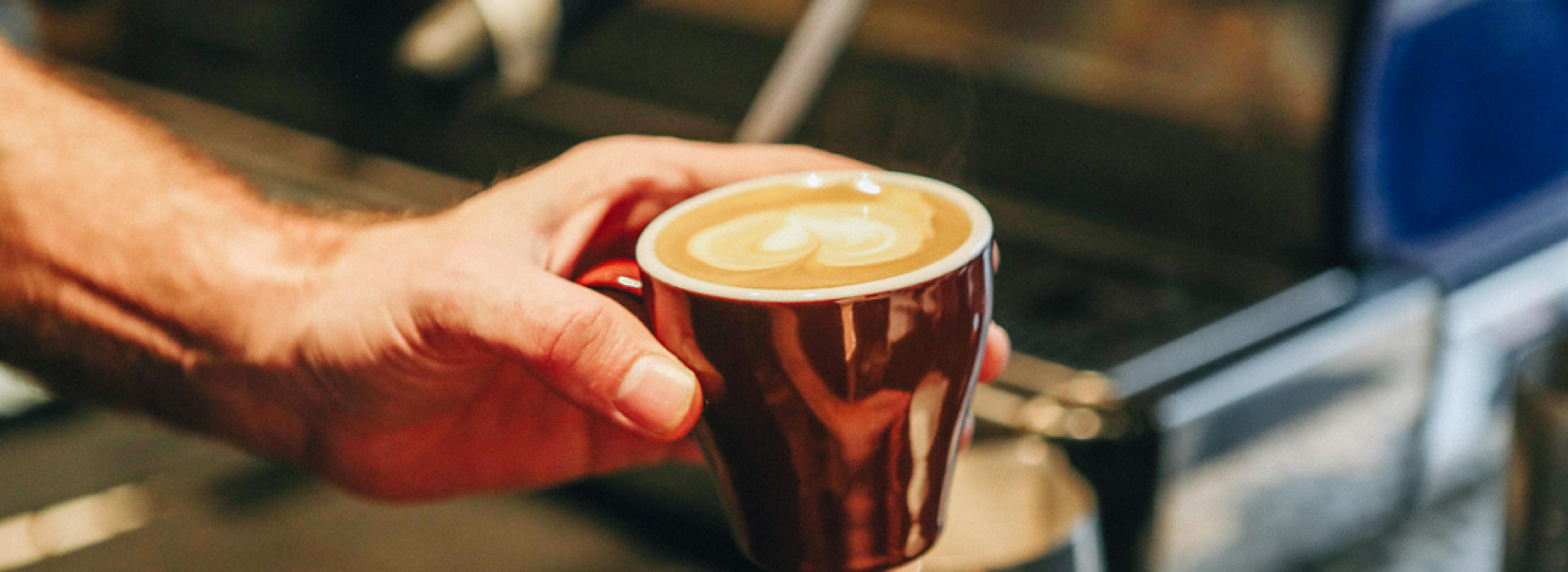
Who invented the flat white?
Not that long ago, you would have been hard pressed to find a Flat White outside of New Zealand and Australia. Now the coffee has popped up across the globe and become the go-to drink for coffee connoisseurs.

Not that long ago, you would have been hard pressed to find a Flat White outside of New Zealand and Australia. Now the coffee has popped up across the globe and become the go-to drink for coffee connoisseurs.
Some say the Flat White originated in Wellington in 1989 when a despondent barista named Fraser McInnes made a cappuccino with low-fat milk that refused to froth.
With typical Kiwi positivity, he named the failed cappuccino Flat White, and the term stuck. Now it can be found anywhere from Britain to Japan and even the United States, with Starbucks including it on their menu.
However, the coffee choice of hipsters worldwide is the subject of an unsettled debate down under. The Aussies also lay claim to the now-famous Flat White (a familiar scenario with the Aussies also claiming other New Zealand classics such as the ‘Pavlova’).
A REAL FLAT WHITE
Smaller than a latte, the Flat White consists of one-third espresso, two-thirds milk. The milk is steamed, not frothed, to leave a smooth and velvety crema on top.
Even Vogue has weighed in on the debate, pointing out why New Zealand has the advantage when it comes to making a great coffee.
“First, New Zealand prides itself on having a superior dairy industry. Better milk makes better coffee. Second (and this gets a little technical), Kiwis typically use espresso shots in their drinks (such as Flat Whites), but Aussies typically use ristretto shots. A classic espresso shot is pulled for a few seconds longer than a ristretto, resulting in 50 percent more volume.
“That means that a Kiwi Flat White will have a substantially more intense, robust, caffeinated flavour.”
“Kiwis and Aussies might source and roast their beans in similar ways, but Kiwis are really squeezing out each bean’s true potential. It’s a distinction that might seem didactic, but for coffee nuts it’s everything.”
So, even if it wasn’t invented in New Zealand, it was certainly perfected here.
Looking for the best possible start to the day... we know a place.